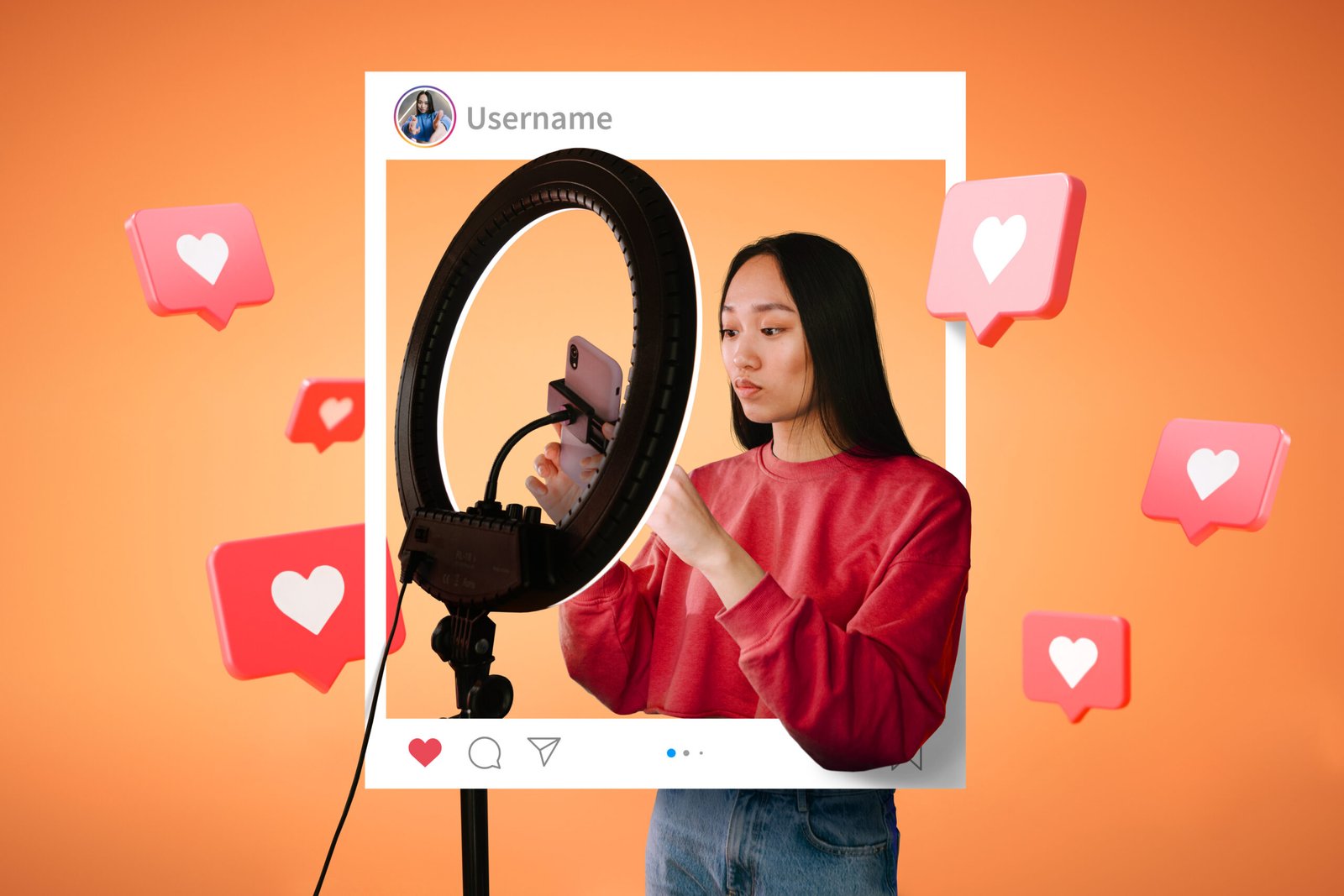When you hear the word “influencer,” you might picture someone with 500K followers sipping matcha in Santorini. But what if we told you that the real marketing magic lies with creators who have less than 20K followers and sometimes even fewer?
Welcome to the era of micro-influencers—authentic, relatable, and surprisingly powerful.
What is a Micro-Influencer?
Micro-influencers typically have between 1,000 to 100,000 followers, depending on the platform. They’re niche content creators who’ve built a loyal community around specific interests like fitness, beauty, local eats, parenting, or even plant parenting.
Unlike mega-celebrities, micro-influencers engage more deeply with their audience. Their followers actually trust them and listen.
According to Influencer Marketing Hub, micro-influencers on Instagram see an average engagement rate of 3.86%, while those with larger followings sit around 1.21%.
Why Small Influencers Deliver Big Results
Higher Engagement, Lower Cost
Bigger isn’t always better. Micro-influencers often outperform macro-influencers when it comes to likes, comments, and shares—and they cost a fraction of the price.
Some might even collaborate in exchange for free products, discounts, or commissions through affiliate links.
Micro-influencers generate up to 60% more engagement than macro-influencers.
Niche Targeting
Micro-influencers speak to a specific audience, which makes them ideal for brands trying to reach tight-knit communities.
Instead of casting a wide net and hoping for clicks, you’re plugging directly into a group of people who actually care about your product or service.
Trust and Authenticity
Let’s be real—your audience knows when something’s an #ad. But micro-influencers have a knack for weaving sponsored content into their feed in a way that feels genuine.
That authenticity makes a difference. A study by Edelman shows 74% of consumers trust “people like themselves” over celebrities.
How to Work with Micro-Influencers
Thinking of diving in? Here’s a simple roadmap:
- Find the Right Fit
Look for creators whose values, aesthetic, and audience align with your brand. Check their engagement rate (not just follower count) using tools like Modash or NinjaOutreach. - Start Small
Reach out via DM or email with a clear offer. Be transparent about expectations and whether it’s gifted, paid, or affiliate-based. - Give Creative Freedom
Micro-influencers know their audience best. Instead of dictating every word, give them space to share your brand in their voice. - Track Results
Use UTM links, discount codes, or analytics to measure engagement, clicks, and conversions. Even if they don’t go viral, you might be surprised by the ROI.
Is It Worth It?
In most cases—yes.
Micro-influencer campaigns are cost-effective, authentic, and tailored. Whether you’re promoting a product, service, or even just brand awareness, they’re a solid option for small businesses and startups with limited budgets.
And unlike one-size-fits-all ads, these partnerships feel human. (Which is rare in digital marketing these days.)
Final Thoughts
If you’re not already exploring micro-influencer collaborations, now’s a great time to start. It’s one of the few marketing tactics that balances affordability with genuine connection, something the algorithm can’t fake.





